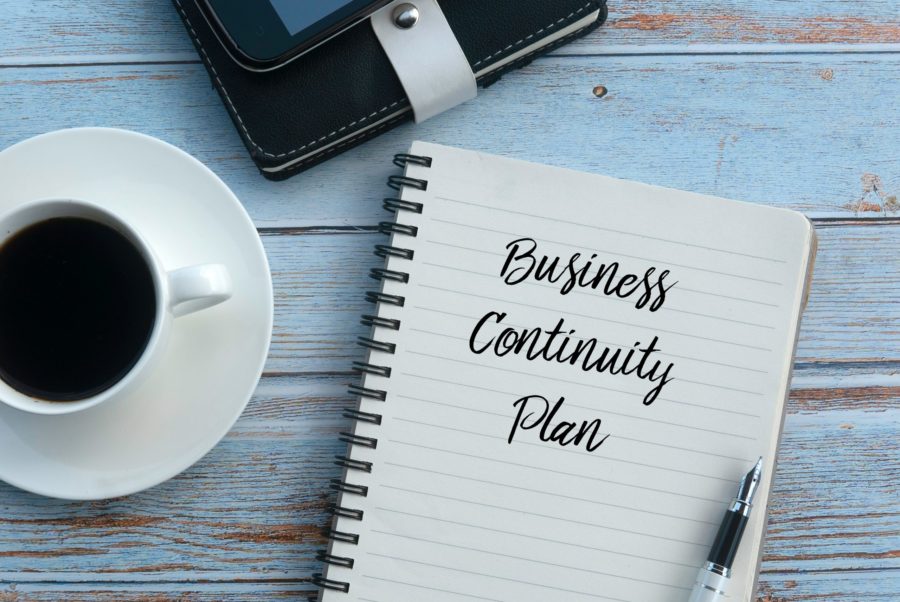
In the dynamic world of business, transitions are inevitable. Companies evolve and adapt to stay relevant, and sometimes these changes can involve significant transitions. Whether it’s a change in leadership, a merger or acquisition, or a shift in market dynamics, these changes can pose challenges to business continuity. However, with careful planning and strategic guidance from experienced advisors like Maximum Possibilities, businesses can navigate these transitions smoothly and sustain their operations effectively.
In this post, we will discuss the key steps to ensuring business continuity during a business transition.
Understanding Business Continuity in Transitions
Business continuity refers to the capability of a company to maintain its essential functions during, and following, a disruption (such as a transition). Achieving this requires a well-thought-out plan that minimizes disruptions, maintains stability, and ensures that the business remains viable and profitable throughout the transition.
Transitions often bring about several challenges including:
- Uncertainty and Risk: Changes in leadership, structure, and market dynamics can impact the overall stability and performance of the business.
- Employee Morale and Retention: The uncertainty surrounding transitions can cause anxiety among employees, potentially leading to decreased morale and talent loss.
- Customer Retention: Customers may also feel uncertain about the transition, posing risks to customer loyalty and trust.
Assessing the Current State of Your Business
Before embarking on any significant changes, you need to take stock of your current situation. It’s crucial to have a clear understanding of your company’s strengths, weaknesses, opportunities, and threats (SWOT) to develop a realistic transition plan. This assessment should include a review of financial records, customer feedback, and employee satisfaction to identify areas that need improvement.
The Importance of a Solid Transition Plan
Once a SWOT assessment is complete, business owners need to develop a transition plan that outlines the steps that need to be taken to achieve the desired outcome. The plan should include specific timelines and milestones to keep everyone on track, and it should be communicated to all stakeholders.
During a business transition, several stakeholders will be impacted, including employees, customers, suppliers, and investors. It is essential to identify these key stakeholders and communicate any changes to them.
Communicating Changes to Employees and Customers
Communication is critical during any transition, and it is essential to keep employees and customers informed about any changes that may affect them. This communication should be timely, transparent, and tailored to the needs of each group.
Business owners should provide clear and concise information about the transition, the reasons for it, and what it means for employees and customers. This communication should be ongoing throughout the transition to address any questions or concerns that arise.
Measuring the Success of the Transition
Once the transition is complete, it is essential to measure its success. Business owners should set benchmarks at the outset of the transition and track progress toward these goals. This data will provide valuable insights into the success of the transition and areas that may need further attention.
The 5 Step Plan
Here are the key steps business owners should take:
- Assess the Current State of the Business: Conduct a SWOT analysis to identify strengths, weaknesses, opportunities, and threats. This will help reveal areas needing improvement and potential risks during the transition.
- Develop a Transition Plan: Create a plan outlining objectives, timelines, and strategies for the transition, addressing key areas such as leadership succession, organizational structure, and communication strategies.
- Identify Key Stakeholders: Engage stakeholders early in the process and communicate changes transparently to ensure alignment.
- Communicate Changes: Clearly communicate the reasons for the transition, the future vision, and the impact on employees and customers. Address concerns and provide necessary support.
- Measure Success: Establish metrics and benchmarks to measure the success of the transition. Regularly monitor progress against these metrics.
How Maximum Possibilities Can Help
In summary, business continuity is essential during a business transition, and having a solid transition plan is key. By following the steps outlined in this post, business owners can ensure a smooth transition and minimize disruption for employees, customers, and other stakeholders.
Maximum Possibilities is your trusted advisor in business transitions. By partnering with us, business owners can navigate the uncertainties of transitions and ensure the continuity of their operations. With their guidance, businesses can effectively execute their transition plan and achieve their growth or exit goals. Business transitions may be challenging, but with the right guidance and strategic planning, they can also provide opportunities for significant growth and success. With Maximum Possibilities by your side, your business is well-equipped to maximize these opportunities.
Our experienced consultants can provide tailored solutions to meet the specific needs of each client. Contact us today to learn more about how we can help your business through a transition.
